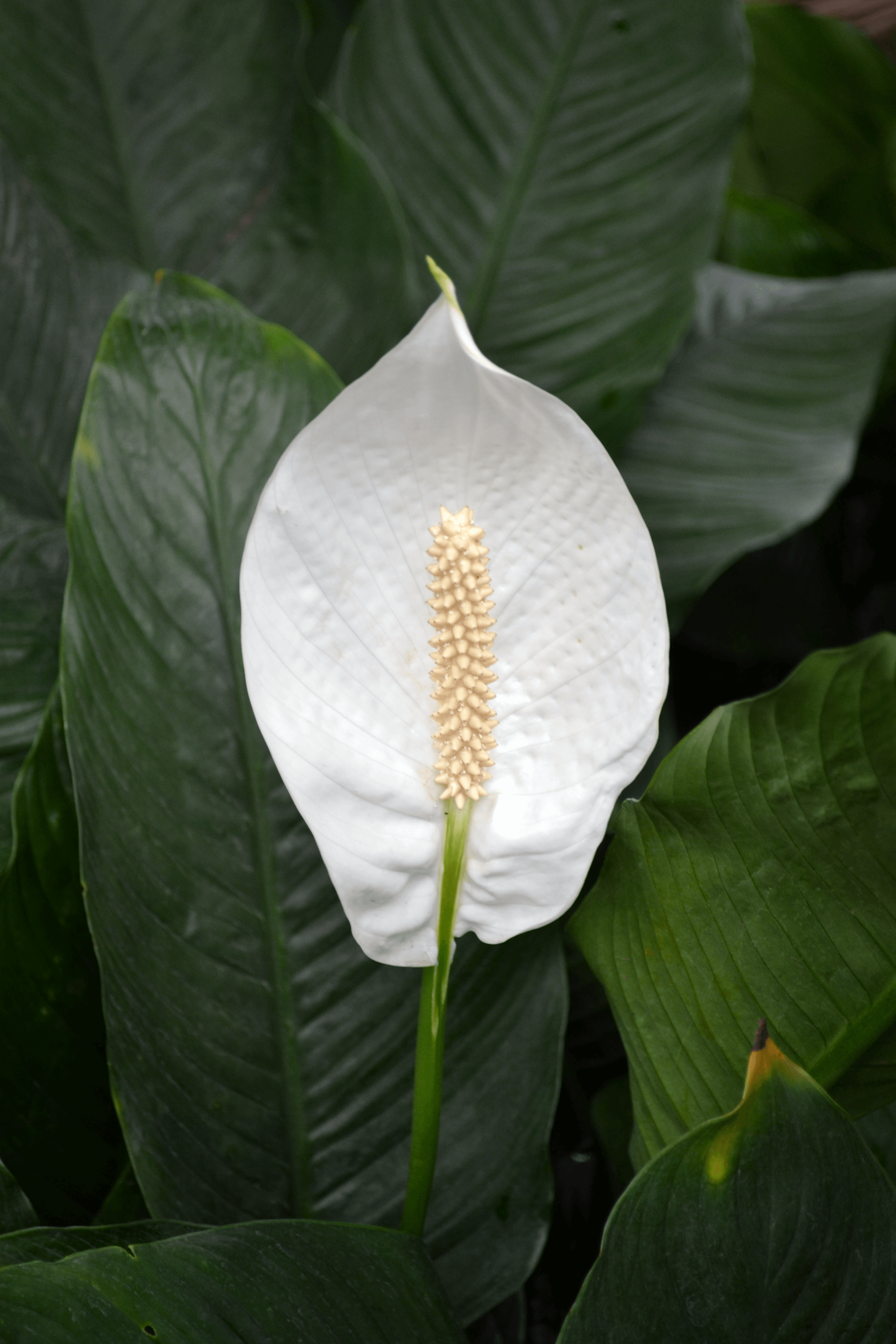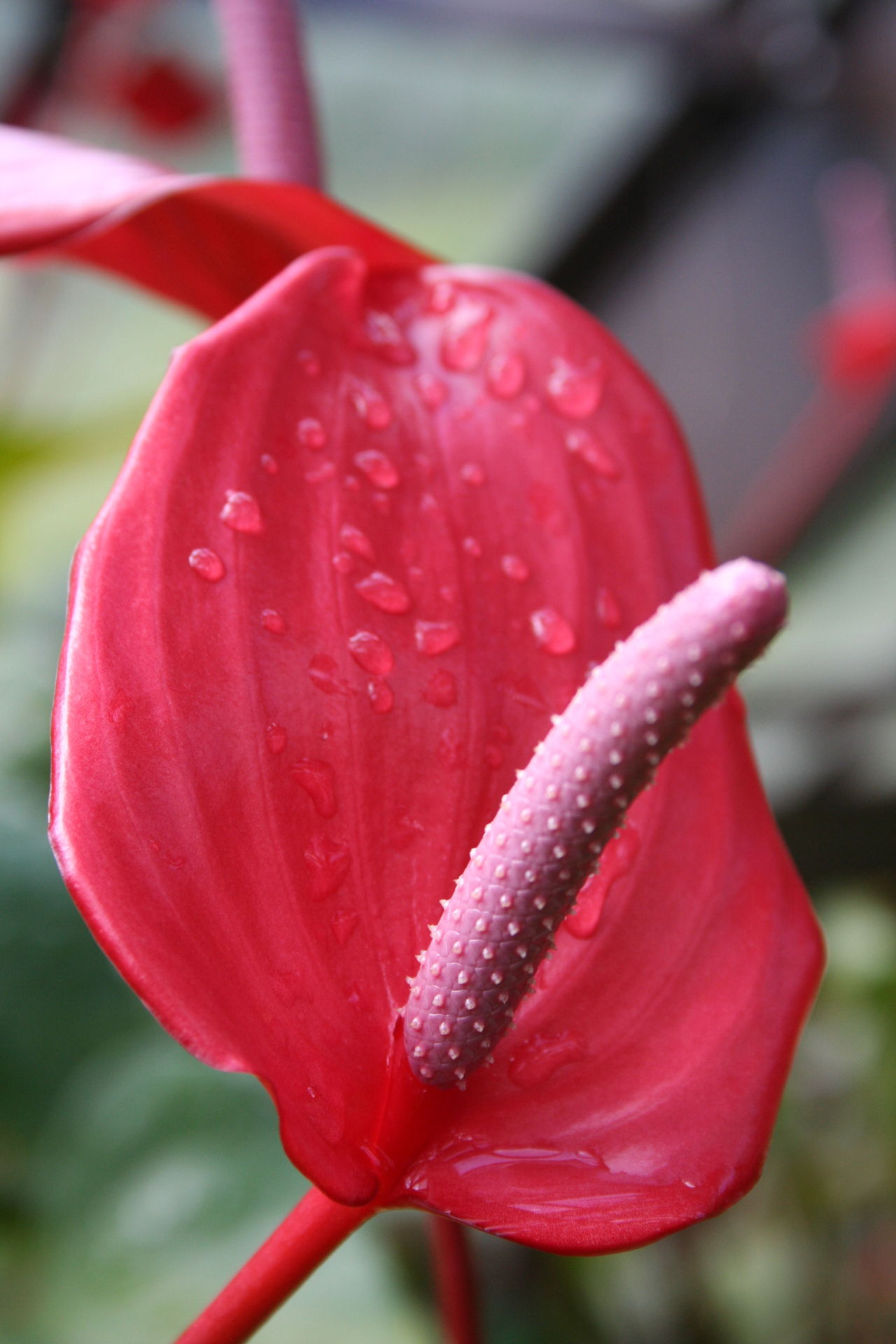The aspca (american society for the prevention of cruelty to animals) lists signs of peace lily poisoning in cats as follows: When ingested, these plants may cause oral irritation, which usually comes with difficulty swallowing, drooling, burning, vomiting, and irritation of the tongue, lips, and mouth.

40 HQ Images Peace Lily Kill Cats Are Peace Lilies
Peace lilies are toxic to humans, yes.

Peace lily toxic. For humans, eating certain lilies could cause a fatal reaction or death, the star lily toxicity is so well. The culprit is the presence of calcium oxalate crystals. Peace lily isn't technically poisonous, but it contains a compound that can be extremely bothersome to pets, children and even an adult if consumed.
Is peace lily toxic to dogs? Unfortunately, there is no antidote for poisoning. Although very beautiful to look at, the peace lily mildly to moderately toxic to cats (and dogs).
Severe burning and irritation of the mouth, lips and tongue. Your cat might also start drooling excessively, in an attempt to get rid of the irritant. Range of peace lily toxicity.
If ingested, they can cause vomiting, diarrhea, weakness, seizures, coma, and even death. The peace lily plant contains insoluble calcium oxalate crystals in all parts of the plant. Correspondingly, are lily leaves poisonous to humans?
When chewed or swallowed these crystals can cause: Dogfennel has been reported to contain alkaloids, which may be toxic as these compounds can affect liver function. Even though this lily is not as toxic as true lilies, it can still cause pain and injury for your feline, and a trip to the vet is highly recommended.
All parts of a peace lily are toxic, such as stems, leaves, and even the blooms. The juices can also irritate skin and cause burning, pain and swelling. The culprit is the presence of calcium oxalate crystals.
Peace lily is also known as mauna loa peace lily. Despite its name, the peace lily is not really a member of the lily family members. This causes the formation of calcium oxalate crystals.
The varied appearance of the leaves could be due to the difference in light exposure. Toxicity of peace lily plants is considered mild to moderate, depending on the amount ingested. This causes pain, swelling and difficulty swallowing.
For most cats, their symptoms from peace lily toxicity won’t be too severe. The culprit is the presence of calcium oxalate crystals. Even the pollen from the spadix can cause oral irritation if licked off fur and paws.
But are peace lilies poisonous to humans? Peace lily isn’t technically poisonous, but it contains a compound that can be extremely bothersome to pets, children, and even an adult if consumed. Peace lily toxicity if a person or pet eats parts of the peace lily, these sharp crystals affect the sensitive mouth, gums and throat much the same way as chewing on ground glass.
The peace lily is poisonous to cats. Peace lilies are simple to care for, survive in reduced light as well as are fantastic in removing three of one of the most usual indoor toxins, formaldehyde, benzene and also trichloroethylene, from the air. Peace lily is the common name for the species spathiphyllum cochlearispathum.
The primary function of these crystals is to regulate your plant’s calcium levels and prevent herbivory , protecting them from being eaten by predators. The reason for its toxicity has something to do with this plant containing certain. Members of the araceae family, the peace lily is, nonetheless, mildly toxic to your favorite feline.
Calla lilies and peace lilies are less toxic but can cause respiratory distress and irritation to your pet’s mouth, tongue, throat and esophagus. Unfortunately, they are also very toxic and can cause, in humans, burning and swelling of the lips, mouth and tongue, nausea, vomiting, diarrhea, and difficulty swallowing. In severe cases, peace lily poisoning can also cause coma and even death.
This is because these houseplants have insoluble calcium oxalate crystals. Look for redness and swelling in these areas. Oral irritation, intense burning and irritation of mouth, tongue and lips, excessive drooling, vomiting, difficulty swallowing.
When consumed by chance, the sap and juice of the plant may interfere with blood calcium level, thereby making the blood toxic. Peace lilies are popular houseplants but might be toxic to humans and other animals. Both the sap and the juices of this plant contain high amounts of oxalates, and these will strip calcium out of the blood.
If consumed in large amounts, it leads to hypocalcaemia, choking, and can even result in respiratory and kidney failure in animals and human beings. The takeaway here is simple: While the ingestion of small amounts of peace lily may cause oral irritation and stomach issues in cats, it is, at most, extremely uncomfortable, and they will most likely survive the ordeal.
The poisonous compound found in peace lilies is oxalate crystals known as raphides. Peace lilies are poisonous to both humans and pets. Eating a tiny bit of peace lily might not hurt, but consuming any quantity of this plant can cause mouth swelling and vomiting.
Peace lily produces a toxin that can be poisonous to pets, children, and even adults if consumed. Even the pollen from the spadix can cause oral irritation if licked off fur and paws. Their lips, tongue and mouth will usually show signs of irritation.
Are peace lilies toxic to cats? Peace lily isn’t technically poisonous, but it contains a compound that can be extremely bothersome to pets, children, and even an adult if consumed. Even the pollen from the spadix can cause oral irritation if licked off fur and paws.
Symptoms of peace lily toxicity in cats. Although the peace lily is toxic to babies and children, severe poisoning from plants like peace lily is rare, because the discomfort from eating leaves makes children spit them out quickly, advises the children's hospital of philadelphia.if your child does eat part of a peace lily, wipe as much as you can out of his mouth and give him a cool drink or snack to ease the pain. The range of toxicity of peace lilies lies between mild to severe both in humans and animals.
Peace lilies contain calcium oxalate crystals shame does not carry a grudge against your plant, as more than 215 families of plants produce the same poison, calcium oxalate crystals. Its leaves and stems contain substances called calcium oxalate crystals.